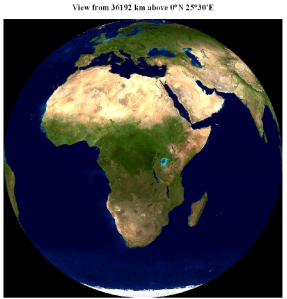Computing has come a long way since the 1960s. The Apollo Guidance Computer (AGC) on board the Command Modules and Lunar Modules of the Apollo missions had about as much processing power as a simple electronic calculator. Yet through ingenuity—and thousands and thousands of lines of code—NASA and MIT engineers succeeded in safely landing a person on the moon.
The MIT Instrumentation Laboratory had to develop a new type of software technology for the Apollo space program. Core rope memory, a now antiquated form of read-only memory, was used with a unique assembly programming language to write the code that ran the Apollo Guidance Computer.
On July 7, however, former NASA
intern Chris Garry uploaded the entire AGC software to the code-sharing site
GitHub, making the information available to thousands more people. And it
wasn't long until the folks on thesubreddit r/ProgrammerHumor got ahold of it
and started picking it apart
As interest in the code exploded, people soon realized that the comments and labels left by the original coders, full of jokes and cultural references, are more amusing than the software instructions themselves. The instructions for the master ignition burn is titled, BURN_BABY_BURN- -MASTER_IGNITION_ROUTINE, for example. There is even an explanation of the name for the burn sequence
The effort made the code available to any researcher or hobbyist who wanted to explore it. Burkey himself even used the software to create a simulation of the AGC:
Working Replica DSKY-AGC Apollo Guidance Computer
The Charming Genius of the Apollo Guidance Computer
Source:PM
Source: Quartz













